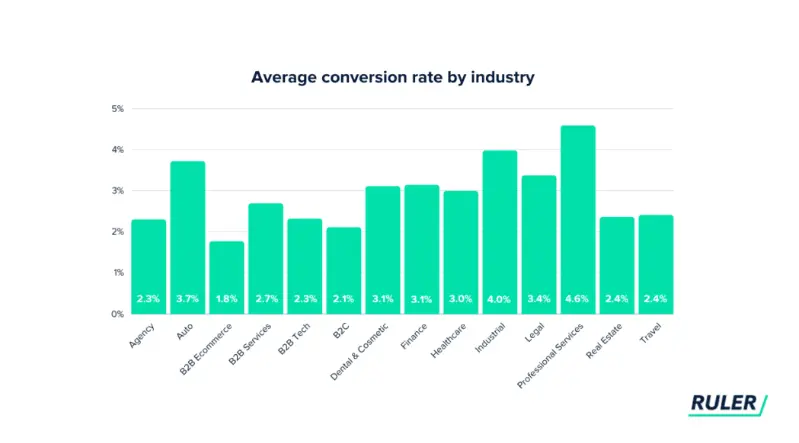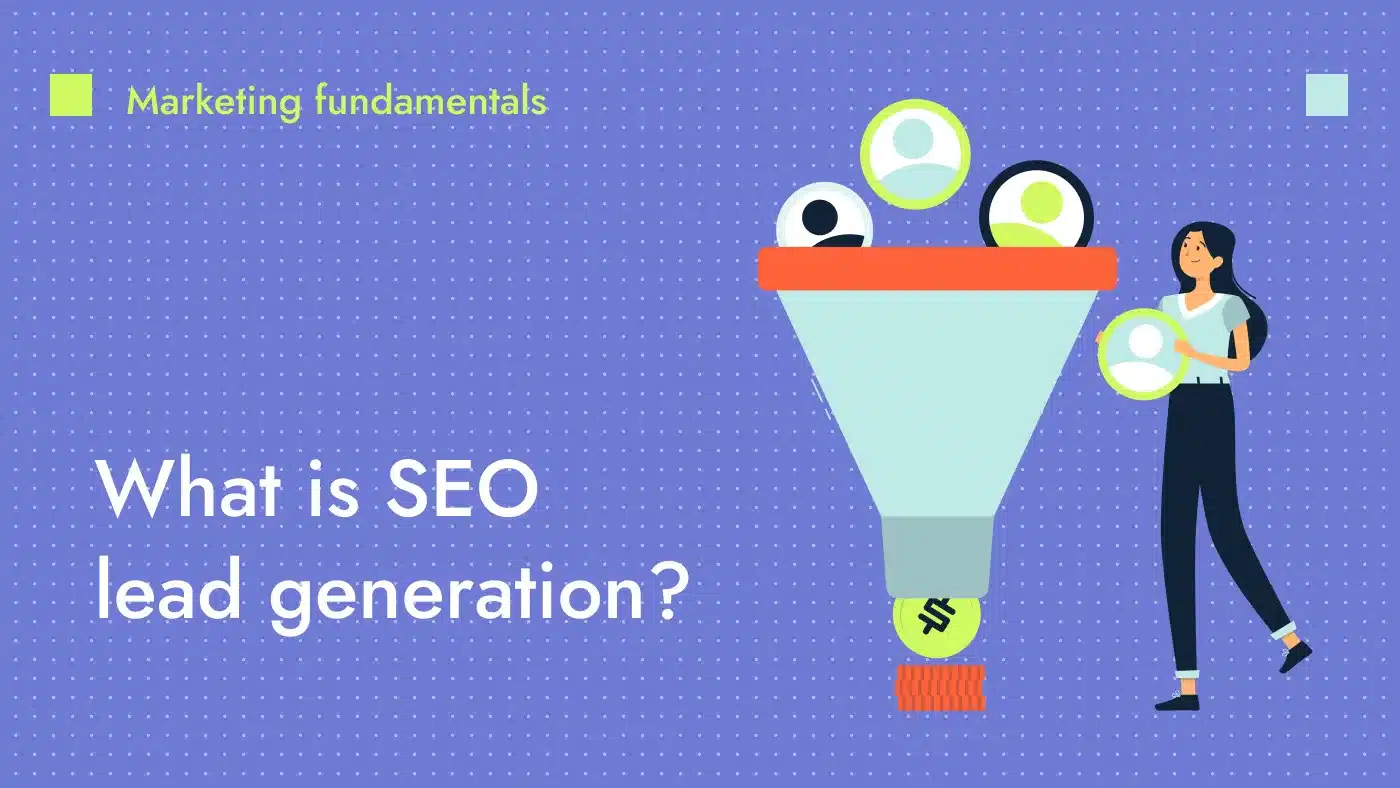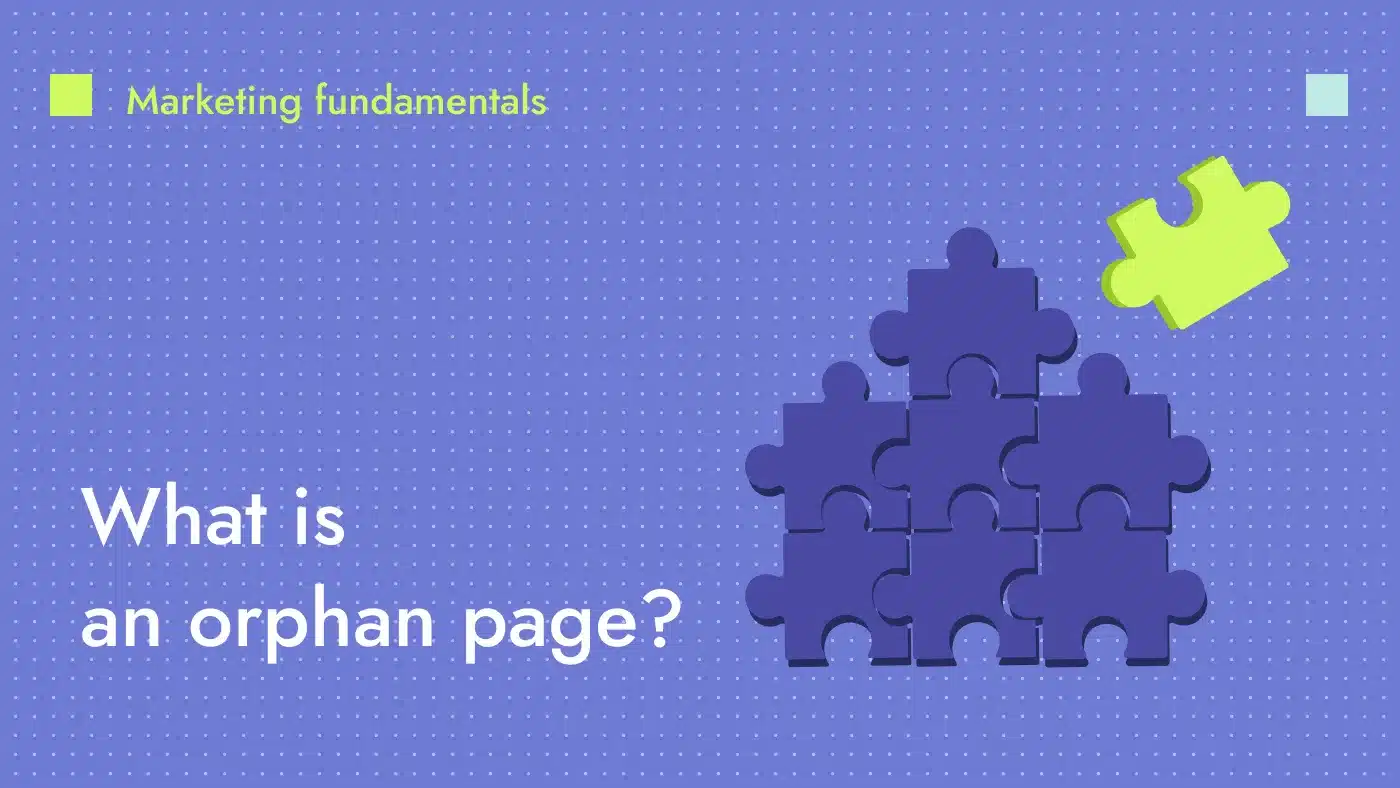Conversion rate optimization (CRO) is a systematic and data-driven process used to improve the performance of a website or digital platform. The main objective of this process is to increase the number of users who complete a desired action, such as filling out a form, subscribing to a service or purchasing a product.
A “conversion” can refer to any action that progresses a user further into your marketing funnel, and this action is often tailored to the specific goals of a business or campaign.
Why is conversion rate optimization important?
CRO holds paramount importance in digital marketing for the following reasons:
- Maximizing value from existing traffic: CRO focuses on increasing the effectiveness of your current website traffic and getting the most value from visitors already coming to your site.
- Improving customer insights: CRO can provide a deeper understanding of your potential customers and their behaviors, preferences and needs.
- Increasing marketing return on investment (ROI): Higher conversion rates increase overall business performance and profitability, enabling you to maximize your marketing spending and efforts.
- Gaining a competitive advantage: By improving user experience and, subsequently, increasing customer retention, a well-optimized website may just be the edge you need over competitors.
- Ensuring sustainability: Unlike other tactics that may temporarily boost traffic, CRO offers long-lasting results. CRO focuses on lasting improvements based on user behavior and continual testing, leading to enduring results and sustainable growth.
🆘 Need help building your ideal customer profile? Download our ICP template
Conversion rate optimization checklist
The process of conversion rate optimization involves a series of steps designed to identify areas of improvement on a website and implement strategies to encourage more visitors to complete a desired action.
Here’s a simplified overview of the steps involved in optimizing conversion rate:
- Audience research: This initial step involves surveying your buyer personas and analyzing past customer behavior. The goal is to understand what users are interested in, their challenges and their interaction with your brand. Research might include using web analytics tools, such as Hotjar or Crazy Egg, to understand the origin of your traffic, the most viewed pages and the areas where visitors typically exit.
- Key performance indicators (KPIs): Defining your KPIs is essential to measure the success of your efforts. Typical actions to measure might include newsletter sign-ups, completed purchases or form submissions.
- Hypothesis generation and prioritization: You can then develop hypotheses about what changes might improve conversions based on the collected data. These ideas are prioritized considering factors like potential impact and ease of implementation.
- Optimization: Drawing on audience insights, modifications are made to campaigns or web pages. This step can involve adjusting the content, updating CTAs or adding easier website navigation to enhance user experience.
- Testing: To assess the changes, A/B testing and multivariate testing are employed. A/B testing compares two webpage versions to identify which generates higher conversions. In multivariate testing, multiple variables are tested concurrently to determine the best combination. The version or combination driving the most conversions is chosen for implementation.
- Measurements: Conversions are measured using tools such as Google Analytics. You can create goals and calculate your conversion rate by comparing these figures with your total traffic numbers.
- Adjustments: Based on the results of your measurements, you continuously monitor your campaigns or web pages and make necessary adjustments to enhance your conversion rate.
🤝 A high conversion rate means a steady stream of ready to close opportunities. Discover how we leverage full-funnel analytics to generate sales qualified leads.
How to measure your conversion rate optimization efforts
Proper measurement is an integral part of conversion rate optimization. Let’s delve into how to quantify the progress of your CRO strategy:
1. Define your conversion goals
Begin by explicitly defining what “conversion” implies for your specific context. This action could be any user interaction that holds value to your business.
2. Implement conversion tracking
Once you’ve clearly defined your conversion goals, the next step is to implement tracking. Google Analytics is widely used, but other tools like Mixpanel, Kissmetrics or Adobe Analytics also provide deep insights. These web analytics tools can track user behavior, identify the source of your conversions and help you understand the buyer journey.
As companies continue to invest in technologies that offer rich insights into user behavior, the CRO software market is poised for significant expansion. According to a report by Future Market Insights, the global CRO software market was valued at $1.2 billion in 2022 and is expected to reach $3.7 billion by 2023.
3. Calculate conversion rate
The conversion rate is a key metric that identifies the percentage of visitors to a website or users of a digital campaign who take a specific action that the site or campaign is designed to encourage. Conversion rate is calculated using the formula:
(Number of conversions / Number of total visitors) * 100 = Conversion rate (%)
This formula gives you the percentage of total visitors who took the desired action or “converted.”
1. Consider detailed analytics
Beyond the conversion rate, delve into deeper analytics for a more comprehensive view of your performance. Consider metrics like bounce rate, exit rate, page value and average session duration. Each metric can offer insights into where your site excels and where improvements could boost conversions.
2. Analyze conversion over time and segments
Review your conversion rates over different periods (weekly, monthly, quarterly) to identify trends and patterns. Also, segment your analysis by factors such as traffic source, device type or user demographic. Tools like Segment or Amplitude aid this analysis and help uncover detailed insights.
3. Review test results
Testing is a fundamental part of CRO. Use tools like Optimizely or VWO. Then analyze the results to see which version of your webpage or which combination of elements led to better conversion rates.
4. Design attribution models
Attribution models help you identify which channels, campaigns or touchpoints contributed to a conversion. This information can provide valuable insight into how different marketing efforts perform and where to focus your optimization efforts for the greatest impact. Google Analytics offers several attribution models, while other tools like Adobe Marketo Measure offer more advanced options for B2B SaaS businesses.
How to improve conversion rate optimization: Best practices and tips
Ruler Analytics found that the average conversion rate across 14 industries was 2.9%, while the average conversion rate for B2B services and B2B tech was 2.7% and 2.3%, respectively.
Strategies to improve conversion rates include:
- Improve user experience (UX): Increasing conversions requires a positive user experience. Make sure our site is easy to navigate, fast and mobile-friendly. Follow UX design best practices and take into consideration feedback from user testing to create a seamless experience for your visitors.
- Add compelling calls to action (CTAs): Your CTAs should be compelling and direct, telling users exactly what you want them to do. Experiment with different wording, colors, sizes and placement of CTAs to see what drives the most conversions.
- Enhance landing pages: Landing pages should be designed with conversion in mind. They must be visually appealing, relevant to the user and contain clear CTAs. Test elements such as the headline, images, layout and content to see what sticks.
- Personalization: Tailor your content to better appeal to different segments of your audience. Use data from your analytics to deliver relevant offers, recommendations and content. Tools like Optimizely, Adobe Target or Dynamic Yield can help with website personalization.
- Address user concerns: Go beyond data and talk to customers to try to understand and address any potential obstacles or concerns they might have that prevent them from converting. This process could involve offering guarantees, showcasing customer testimonials or providing comprehensive product information.
- Optimize for search engines: While more traffic can increase the absolute number of conversions, it doesn’t guarantee a higher conversion rate. The key is to use SEO best practices, such as optimizing meta descriptions and using relevant keywords, to help you target users more likely to be interested in your product or service, increasing the chance of conversions.
Delivering exceptional results with B2B conversion rate optimization
B2B CRO isn’t a one-size-fits-all game, so you need a tailored approach. Whether it’s refining your web design and user experience, optimizing landing pages or targeting the right keywords, you can turn your website and online assets into high-performing conversion machines.
Need help? Come partner with us. Let’s boost your conversion rates together.







